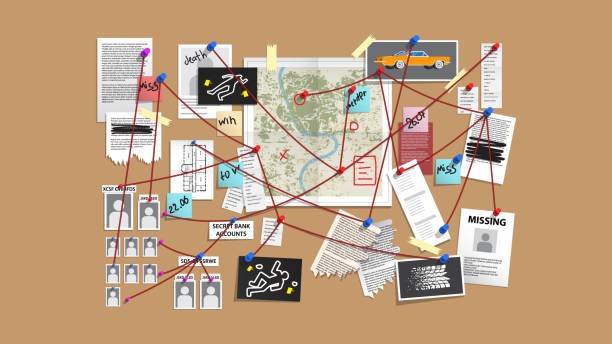
NEWS
On July 5, 1993, Montrel Perkins’ parents returned to their Killeen, Texas home and found their 20-year-old son dead in the living room. Montrel was shot and possibly beaten before his death. Despite initial investigations, the case remains unsolved after 31 years.
Source: NBC News
SITUATION ANALYSIS
Montrel Perkins stayed home alone while his parents attended a high school reunion in North Carolina. Angelo and Cathy Perkins, Montrel’s parents, didn’t initially worry when Montrel didn’t respond to his father’s pages during the last days of their trip. However, they discovered Montrel’s body in the living room, shot and lying face-down, upon returning home. The Killeen Police Department quickly responded to the scene. Commander Anthony Lourence confirmed that someone had shot Montrel at least once and likely beaten him. Investigators believe the killers knew Montrel, as they found no signs of a break-in or robbery. Despite interviewing over 70 people, they found no significant leads, and the case eventually went cold.
CHALLENGES
- Time Lapse: The 31-year gap since Montrel’s murder complicates evidence collection and witness recall.
- Lack of Initial Leads: Despite numerous interviews, investigators couldn’t find conclusive leads, leading to a cold case.
- Emotional Toll: The prolonged lack of resolution has deeply affected Montrel’s father, Angelo, who continues to seek answers.
WHY iCOGNATIVE?
Authorities suspect that the individuals involved in Montrel Perkins’ murder were familiar with him and had specific knowledge about the crime. To confirm their involvement and gather reliable evidence, iCognative technology offers a revolutionary approach. By analyzing brainwave responses, this technology can accurately identify if suspects recognize specific details related to the murder. Law enforcement can use iCognative to present suspects with stimuli directly connected to the crime, such as details of the crime scene, personal items belonging to Montrel, and images of the living room where he was found. As suspects view or hear these stimuli, iCognative measures their brain activity. Consequently, recognition patterns in brain responses reveal whether suspects have knowledge of the crime, thereby indicating their involvement.
- Accurate Suspect Identification: iCognative can confirm if individuals questioned in connection with Montrel’s murder are indeed knowledgeable about the crime, enhancing investigation accuracy.
- Streamlined Investigations: This technology speeds up the investigative process by quickly identifying or ruling out suspects based on their cognitive recognition of crime-related elements.
- Enhanced Judicial Outcomes: The data obtained from iCognative tests provide robust, scientifically validated evidence that can be crucial in court, supporting stronger legal cases against those involved in Montrel’s murder.
- Support for Interrogation Strategies: iCognative tests provide insights that guide law enforcement in tailoring interrogation techniques, allowing them to focus on areas where they have established suspects’ knowledge.
By integrating iCognative technology, the Killeen Police Department can significantly enhance its capability to solve Montrel Perkins’ murder. This method ensures a more accurate, reliable, and efficient investigation, providing much-needed closure to Montrel’s grieving father and potentially bringing justice to those responsible.
Source: Brainwave Science
